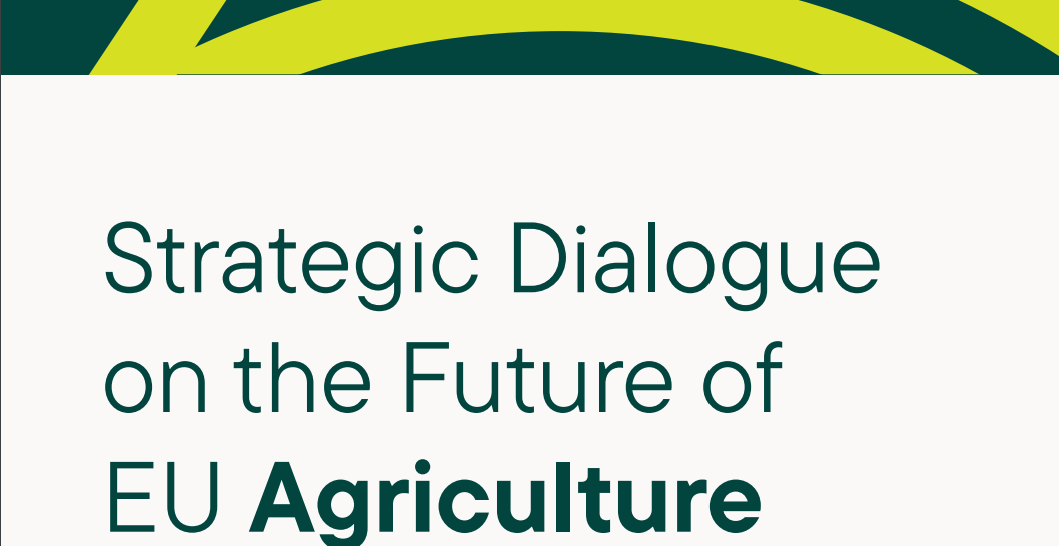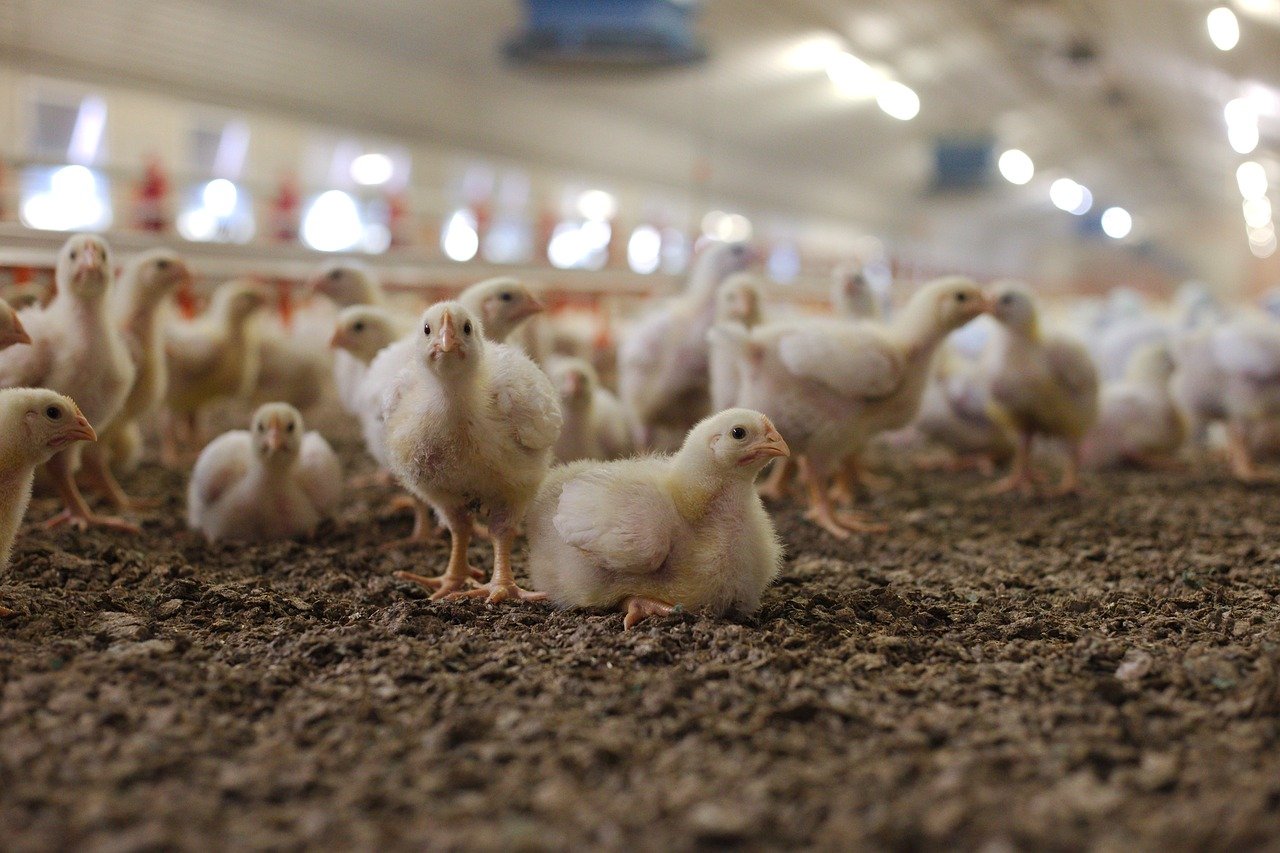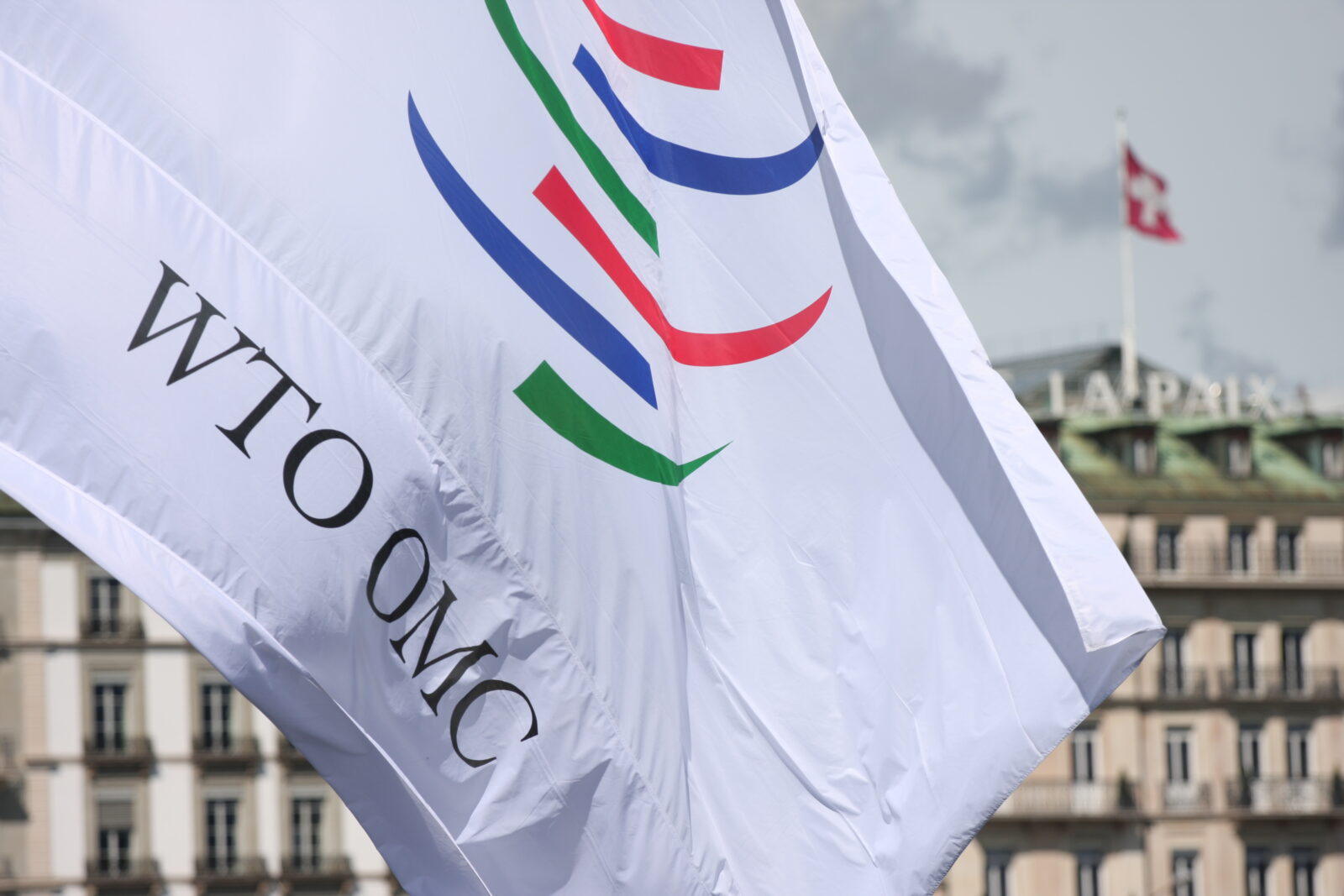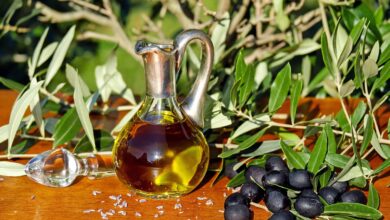
Download the PDF version
The strategic dialogue on the future of the EU has delivered its recommendations. In terms of agriculture, the time has come for change in order to make the sector compatible with planetary boundaries and initiate a transition that balances supply and demand, with the goal of “ making the healthy and sustainable choice the easy one.” These developments call for a revision of the structure of CAP (Common Agricultural Policy) support, moving away from per-hectare subsidies and focusing income support on “farmers who need it most,” while increasingly tying budget allocations to environmental performance-based conditions. Additionally, the consensus reached among the various stakeholders reflects a commitment to guiding consumers toward a diet that is more focused on plant-based proteins.
A « conceptual consensus that opens new perspectives for farming, food and rural areas across the continent »
The report begins with a clear observation: the transition to an agriculture that is more compatible with climate and environmental challenges, while respecting planetary boundaries, requires trade-offs between different objectives that cannot all be achieved simultaneously.
The report lists, though not exhaustively, the conflicts that regularly arise among the different stakeholders:
- Is it possible to have environmentally friendly agriculture that produces enough to reduce imports, while setting aside land for nature and simultaneously increasing our capacity to produce renewable energy?
- Is it desirable to intensify agricultural production on certain areas in order to reserve other areas for nature? Or is it preferable to make agriculture more extensive to reduce local environmental pressure by using more agricultural land?
- Should we aim for food sovereignty based on complete autonomy, or should we keep or even increase the level of imports?
- Is it possible to fairly compensate actors in the food supply chain, including the costs related to the transition, while ensuring affordable prices for consumers?
Starting from the principle that a fair distribution of the costs of the transition must be the foundation of the discussion, the report acknowledges that “there is no objective, uncontested way to settle these dilemmas”, and that it is necessary to prioritize them.
Agriculture is considered of strategic importance by the co-signatories of the report, who believe that food should be recognized as a “critical entity” (a crucial domain) in the legislation of each Member State. However, the recommendations contained in the report are likely to deeply destabilize the sector.
« Making the healthy and sustainable choice the easy one »
To “create socially responsible, economically profitable, and environmentally sustainable agri-food systems,” the report focuses on aligning supply and demand through various incentives to encourage the consumption of healthy and sustainable products. Tax reductions, targeted food aid, public procurement, education, communication—every economic and societal lever must be activated in this regard.
The authors emphasize that “the true costs of food and feed are hidden and should be better reflected in market prices.” In other words, products that are not sufficiently sustainable should be more expensive. Healthy foods, on the other hand, must remain affordable while fairly compensating farmers and the actors in the food supply chain, with public funds being mobilized for this purpose.
Regarding livestock farming, the report begins by acknowledging the benefits of sustainable livestock farming and the positive contributions it can make to the environment, landscapes, and the economy. However, animal production must nevertheless decrease, along with its greenhouse gas emissions. The reduction should particularly take place in areas where livestock farming is concentrated and causes pollution. This stance is reminiscent of the situation in the Netherlands, where the government recently launched a third wave of subsidies to encourage the closure of cattle farms. The report notes that European consumption of certain animal products is already declining, and there is growing interest in plant-based proteins, which should be further promoted. As for the remaining livestock farms, they will need to be modernized, prioritizing environmental sustainability and animal welfare.
What about imports in the context of the upgrade pledged by all? Stakeholders recognize the need to avoid introducing products into the market that do not meet these higher standards and urge the Commission to revise its approach to “better recognize the strategic relevance of agriculture and food products in trade negotiations.” The overall ambition is to create better alignment between imports and European standards, and the report specifies that the Commission should conduct impact studies to assess the effects of new regulations on the EU’s competitiveness and the feasibility for operators both inside and outside the EU. Nevertheless, it is clearly stated that “trade considerations should not act as an impediment to the EU’s ability to adopt:
- Measures designed to support the long-term sustainability of European agriculture, such as restoring soil health and agricultural biodiversity.
- Animal welfare measures recommended by the scientific opinions of the European Food Safety Authority.
As negotiations with Mercosur have just resumed, the tone is set regarding how priorities should be ranked.
Which consequences for the next CAP?
While the creation of a transition fund independent of the CAP budget is good news, it will only serve to finance investments. The reorientation of historical CAP support appears to be confirmed.
The consensus reached by the stakeholders considers that income support (decoupled payments) must become more targeted and focus on active farmers “who need it most”. Small farms, mixed farms, young farmers, new entrants, and farmers located in areas with natural constraints are cited as examples.
The text thus announces an income support approach based on the economic viability of farmers. A group of experts will need to be commissioned by the European Commission to define the eligibility criteria for this income support and determine the mechanisms to be deployed for better targeting, such as redistributive payments, capping, or degression.
To “stabilize farm income” and compensate farmers who provide environmental services more fairly, while offering taxpayers guarantees on how their money is being used, “a system of targeted, results-based environmental payments” will be implemented. These “rewarding payments should be conditioned on quantifable outcomes that are measured by robust indicators.”
Such payments for environmental services will be reserved for farmers whose practices go beyond the basic EU requirements, aiming to achieve “the highest environmental, climate, and animal welfare performance.”
The text recommends a gradual and complete phasing out of decoupled per-hectare payments in favor of targeted income support for certain farmers and environmental service payments for all producers. Starting with the next CAP, Member States will thus be required to include environmental service payments in their national strategic plans, with the budget initially based on the current share dedicated to eco-schemes and agri-environmental measures (around 32% on average, including both pillars 1 and 2), which is expected to increase substantially over the next two programming periods.
To offset the loss of decoupled aid as recommended, farmers will have no choice but to implement environmentally friendly practices, tied to an obligation to deliver results—an objective initially pursued with the introduction of eco-schemes, which were criticized for being too accessible.
Toward a new crisis and risk management policy
The transitions undertaken must make agriculture more resilient, better adapted to climate and health challenges, and less dependent on inputs. The report recommends relocating the production of necessary inputs, which must be produced sustainably (without, for example, addressing the potential price gap between decarbonized fertilizers and conventional fertilizers, and the impact this might have on farmers’ competitiveness).
Risk management should primarily take place at farm-level, where farmers will need to adopt the tools at their disposal, while market-related risks will be managed through partnerships between public and private stakeholders (subsidies, insurance, mutual funds). A single European insurance market may be considered to improve transparency and accessibility for farmers.
The reserve for crisis mitigation will be reformed into a multi-annual instrument focused on exceptional and catastrophic risks, with payments reserved for farmers who have individually employed risk management tools.
Lastly, the report paves the way to the creation of strategic reserves for certain key products, conditioned to an impact assessment in terms of effectiveness and the risk of market disruption.
Conclusion
This report offers some positive prospects for agriculture, particularly in budgetary terms, recognizing the need to provide the necessary funding for the transition and nature restoration through sufficient, specific budgets that are independent from the CAP. Similarly, the desire to move away from fixed per-hectare subsidies in favor of more effectively targeted payments to protect agricultural income is promising, as is the proposal for reforming the crisis reserve to better manage crises with a multi-annual budget. However, the outline of this future CAP still raises concerns. Indeed, the report prioritizes environmental protection over food production, raising questions about both farm incomes and food sovereignty if the desired rebalancing of supply and demand fails, and if the implementation of mirror clauses and functional autonomous measures (mirror measures) does not succeed in protecting European agriculture. As it stands, this new CAP does not seem capable of increasing the competitiveness of European farming and offers no real guarantee of protection against other agricultural systems, especially as other major producing countries continue to support, regulate, and protect their own agriculture.
The proposal to massively redirect CAP subsidies toward payments for environmental services strongly resembles the agricultural policy implemented in the United Kingdom since Brexit, which is guided by the “public money for public goods” principle. Its implementation has left many farmers behind: according to Agra Presse, “in 2023, of the 84,000 farms that received direct payments (totaling £1.384 billion), 39,500 subscribed to environmental programs (for £572 million).” [1]
It should be noted that CAP subsidies represented, on average between 2010 and 2018, about 60% of farm income across Europe (80% in France). Any change in the distribution of these subsidies, therefore, has immediate and significant consequences for the income and competitiveness of farms.
Alessandra Kirsch, CEO of Agriculture Stratégies
Translation by Valentin Gesquiere, Tour de Plaine
September 11th 2024
[1] https://www.agra.fr/agra-europe/comment-le-royaume-uni-seloigne-de-la-pac?overridden_route_name=entity.node.canonical&base_route_name=entity.node.canonical&page_manager_page=articles&page_manager_page_variant=articles-panels_variant-1&page_manager_page_variant_weight=-98&check_logged_in=1












